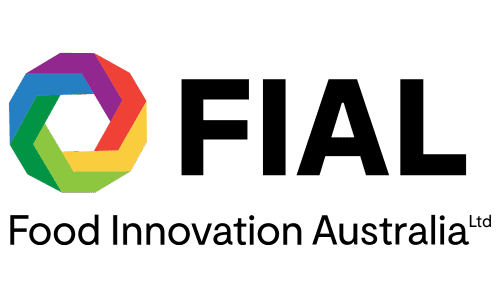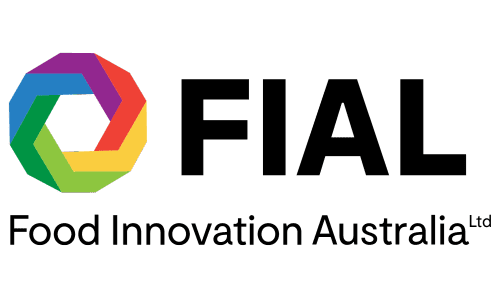Alternative proteins are forecast to capture 10 per cent of global meat consumption in the next decade.
As consumer behaviours change, Australia has an opportunity to shift its protein supply mix, and value-added products made from plant protein to be a key player in global markets.
Seaweed is a versatile, sustainable and nutritious source of protein. It has grown in recognition in recent years, gracing menus and supermarket shelves worldwide. In Australia, seaweed growing is still vastly uncommercialised.
Food & Fibre Gippsland in Victoria, in partnership with the Latrobe Valley Authority, is looking into the local potential of a commercial seaweed industry. It is looking at Gippsland’s 600km+ of coastline with its variety of favourable marine conditions as the place for this new industry to grow.
Seaweed is a valued food and feed source, with the potential to reduce Australia’s overall greenhouse gas emissions by three per cent per annum from 2025 onwards, with the right industry development.
This collaborative piece of work is region-first and hopes to make real on the AgriFutures prediction of a $100 million-plus opportunity for seaweed by as soon as 2025.
Research group Blue Carbon Lab at Deakin University in Victoria has been commissioned to undertake a geophysical study of the Gippsland coastline. It will answer key questions around seaweed and water quality, existing seaweed distribution, and spatial considerations for establishing a commercial industry.
There could be multiple opportunities for the location across the entire seaweed value chain – from creating and maintaining the seaweed hatcheries to harvesting the fast-growing crops, processing locally into a range of products, and then distributing both domestically and internationally.
The impact would not just be economic. There are environmental and social impact advantages too. Seaweed is a fast-growing crop that requires no traditional agricultural practices like fertiliser and irrigation; it also provides shelter, a food source and optimum conditions for fish growth by improving nutrient levels in the water.
Some seaweed species can be used as organic bio/stimulant or fertiliser, animal feed and biofuel.
A commercial seaweed industry in Gippsland would not only bring in revenue but make a difference by reducing emissions, improving ocean health and creating regional job growth.
This case study is from FIAL's 2022 edition of Celebrating Australian Food and Agribusiness Innovations 2022



